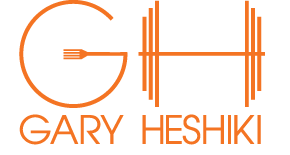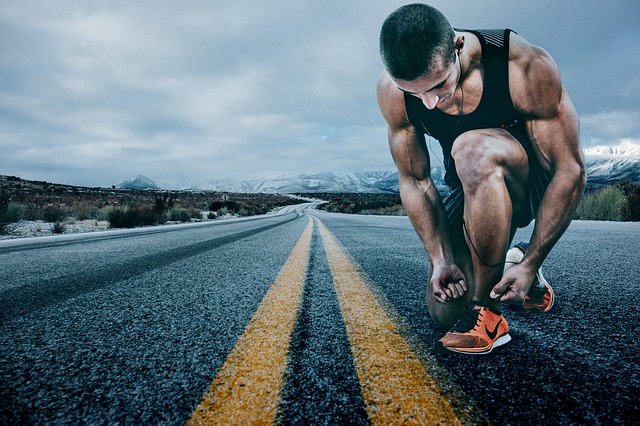The thoracic spine/ribcage is the boss when it comes to deciding where the scapula sits. Trainers and coaches find that if an athlete is having trouble with overhead movements, thoracic extension and the muscles involved must be mobilized.
Some lifters don’t respond well to traditional t-spine exercises like thoracic extensions or back-to-wall slides, no matter how many times they're performed. For these individuals those particular drills and mobilizations don't help because they're already stuck in extension. The goal is to try and move them into a more neutral position where the diaphgram and pelvic floor face each other. This allows for the upper back to move into extension thus allowing better movement and less strain on secondary breathing muscles.
Improving your squat requires reps, so too does your breathing. By fully drawing in air and exhaling, you'll improve your rib and thoracic mobility. By correcting this it will free up a majority of shoulder impingements at the top of pressing movements. I have had countless clients attempt to breathe deeply only to be able to take in air for 2-3 seconds at most.
I would add that these clients often exhibit dysfunctional breathing muscular restrictions like overactive scalene, sternocleidomastoid, levator scapulae, pec minor and traps.
I learned this trick from the Postural Restoration Institute (PRI).
The balloon is an amazing tool to teach you how to better engage the musculature needed to stabilize the trunk, create and release pressure voluntarily. Really honing this skill has immense carryover to all lifts and movements.
Try to not pinch off the balloon with your teeth. Stick your tongue to the roof of your mouth in order to maintain pressure. The arm lift helps to facilitate opening up the chest and the hip lift which encourages posterior tilt where you are trying to engage your hamstrings.
Key Points
- Begin with an exhale to set rib position.
- The goal is use a minimal amount of oblique contraction to the ribs down during inhalation
- Exhale fully through mouth without clamping down on your rectus abdominis (6 pack muscle).
- Pause 2-3 seconds before inhaling again.
- Inhales and exhales should be relatively effortless. Limit straining, keep a relaxed neck. Expand chest 360 degrees.
- Chest should expand not rise towards the shoulders.





